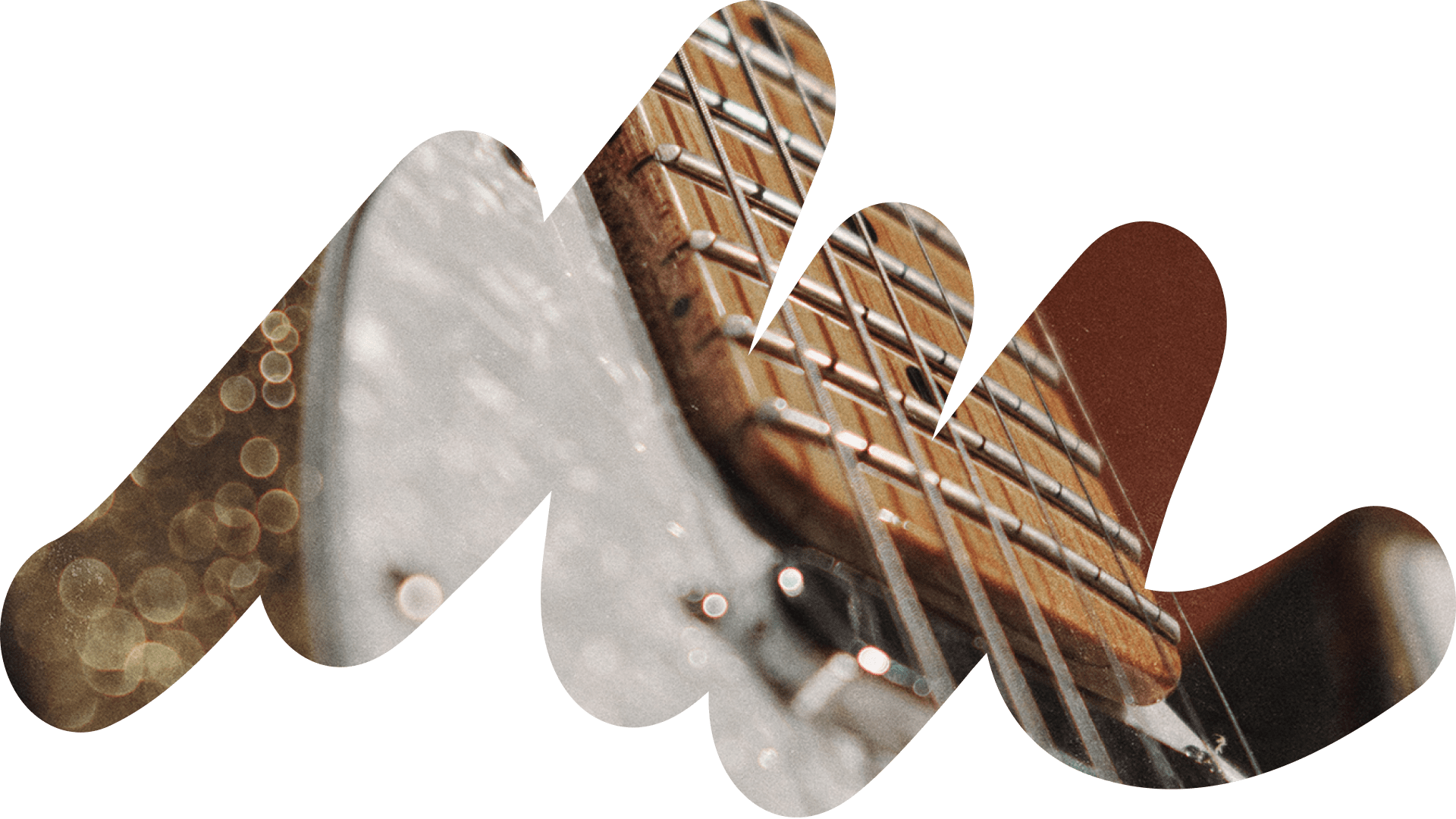
Guitar Loops: How to Get Authentic Guitar Sounds in Your DAW

The guitar is one of the most popular instruments in the world.
From the earthy tones of fingerpicked acoustic to the blistering roar of an overdriven stack, it’s among the most varied in sound as well.
So how can you access all the guitar has to offer without developing the skills yourself? After all, not every producer can master every instrument.
The answer is guitar loops—but not just any old loops will do. When it comes to getting the organic feel and responsive sound of a guitar player, there are key factors to consider for the best results.
In this article I’ll break down everything you need to know to get authentic guitar sounds in your DAW.
Why use guitar loops?
If you’re shooting for the authentic sound of the guitar in your DAW, you might be wondering why loops are the best option.
Here’s a few of the factors unique to the guitar that can be better represented with loops than other techniques.
Unique players
Every guitarist brings their own feel to the instrument.
It’s one reason why the guitar is so popular worldwide—it’s a blank slate for players to project their personal style.
If you’re looking for guitar sounds with character and personality, you’ll need to use loops created by top players.
Extended techniques
Today’s guitar styles are known for their use of extended techniques.
These are the pick scrapes, dive bombs, squeal harmonics and other unique guitar tricks that players have discovered over the years.
These non-standard moves are notoriously difficult to emulate using static samples.
But they can bring a passage to life and add a flair of personality to a part. Think of Eddie Van Halen’s tapping technique or Jimmy Page’s use of a cello bow.
A proper system of loops can offer a flexible approach to incorporating these types of sound into your arrangements.
Effects and tone
The electric guitar developed alongside the technology to amplify it and sculpt its sound.
In fact, you can think of the guitar, amp and effects as a musical “system” that produces the sound of the instrument as we know it today.
Effects and tone are another one of the ways that guitarists manipulate their sound with unique expression.
Whether its shimmering ambient reverb or the quacking wah-wah effect, looped audio is the only way to capture the realistic response of effects.
Why use a loop-based plugin?

Introducing LANDR Guitar
With all the nuances and subtleties I mentioned above, even a great collection of loops can be challenging to work in with your song.
If even a single articulation is out of time, you may not be able to easily integrate a complex passage into the session.
That’s where loop-based plugins come in.
Unlike a folder full of static loops, a plugin-based solution like LANDR Guitar is built to fit easily into any musical context.
Each collection of sounds can work in many musical situations. And the plugin itself automatically adapts them to the key and tempo of your song.
On top of that, effects and sonic modifications have a special mechanism that makes them easy to integrate with LANDR Guitar.
Using the black keys on your keyboard you can play these modifications in real time to add expression to your loops, just like a real guitarist.
How to get guitar sounds in your DAW
With the basics out of the way let’s get into producer tricks for guitar.
Use a loop-based plugin
As I mentioned above, the simplest way to get started with guitar sounds is to use a purpose-built plugin like LANDR Guitar.
This provides unique advantages over other methods and it lets you get started right away.
Try guitar VSTs
If you have an instrument and want to try your hand at playing it, you won’t need the huge amplifiers and effects racks of the past to get a good sound.
Plugins are gaining ground in the guitar world just like virtual instruments and mixing tools have in recent decades.
These VSTs can give you access to the different, amps, pedals and speaker cabinets to craft your ultimate rig.
Check out our list of the best guitar plugins for an overview of the best choices out there
Hire a guitarist online
Finally, the most direct way to get custom guitar sounds to work with a session guitarist.
A music services platform like LANDR Network can give you access to hundreds of sought-after musicians for any kind of sound or instrument—including guitar.
You can easily see a player’s credits to get an idea of their sound and skills before interacting with them.
And if the collaboration goes well, you can add them to your personal network to collaborate again in the future.
Guitar loops in the DAW age
The guitar has powered whole generations of musical innovation since the mid-20th century.
And it shows no sign of going anywhere!
Even if you’re not a guitarist, knowing how to get the sound of this classic instrument is a must.
If you’ve made it through this article you’ll have a strong start for using loops to bring guitar into your songs.
Gear guides, tips, tutorials, inspiration and more—delivered weekly.
Keep up with the LANDR Blog.









